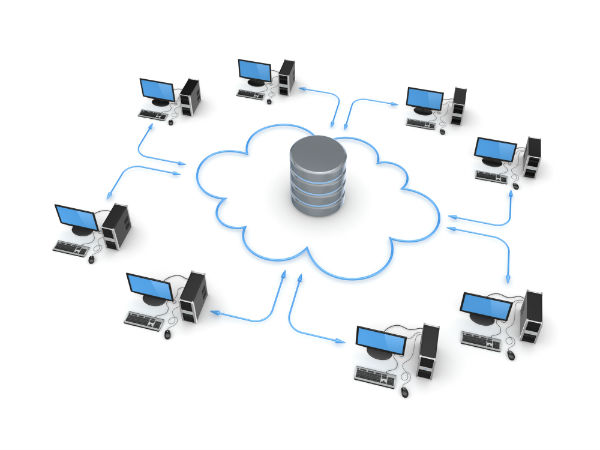Is Tape the New Frontier for Cloud Storage?

For several reasons, many companies are looking for long-term storage. The first reason relates to compliance with government regulations. There is an increasing need to store data for the very long term and seldom (if ever) will this data need to be accessed. The other need arises from the large scale storage needs of unstructured data such as video surveillance, entertainment media, digital images and social content.
In essence, the industry is being deluged by big data and bigger data and companies are looking for solutions to further lower the cost of storage.
The previously fashionable solution, MAID (Massive Arrays of Idle Disks), is not ideal because of the spin-down implications. In addition, the deep sleep design of this kind of storage has major limitations in accessing data. Cloud service providers are discovering that modern tape robotics and tape formats surpass MAID capabilities at a substantially lower price.
For this reason, many cloud service providers are adding tape to their hardware. Tape is being looked at as a viable choice for long-term back up or archiving while the short-term storage is disk-based.
Recently a 5 terabyte tape drive hit the market. It can store nearly 10 terabytes at standard 2:1 compression and it provides a native data rate of nearly 252 Mbps. Such storage is particularly suited for use in the entertainment and broadcasting industry. Tape storage reliability is nearly three orders of magnitude higher than disk. A study also showed that in a comparison of a LTO 5 tape library against a SATA disk system, the SATA system had a 2X to 4X higher total cost of ownership.
With ‘Tape in the cloud’ emerging as a new and exciting development, public clouds are in a position to offer even lower cost long term archiving. Since the benefits of a public cloud are measured as a ‘Return on Investment’ rather than ‘Total cost of ownership’, tape in the cloud is proving to be a hit.
So who is using tape in the cloud? You need look no further than the US Library of Congress. Also the ‘Picture Archiving and Communication System’ (PACS) is medical imaging technology that uses tape in its storage environment. Many PACS applications are moving to the cloud for storage and Novant Health has invested in data centers that have tape in the cloud all of its medical imaging data.
Media companies such as Sony Pictures Entertainment, Paramount Pictures, National Geographic, and The New York Times have all employed a tape in the cloud approach. Even Google has moved to tape based storage to archive critical data in its data centers.
Modern technology is seeing a rebirth of tape and robotics and the new Linear Tape File System is making a major difference to the efficiencies and economies in data centers. Both revenues and margins are seeing an improvement.
Be Part of Our Cloud Conversation
Our articles are written to provide you with tools and information to meet your IT and cloud solution needs. Join us on Facebook and Twitter.
About the Guest Author:
 Sanjay Srivastava has been active in computing infrastructure and has participated in major projects on cloud computing, networking, VoIP and in creation of applications running over distributed databases. Due to a military background, his focus has always been on stability and availability of infrastructure. Sanjay was the Director of Information Technology in a major enterprise and managed the transition from legacy software to fully networked operations using private cloud infrastructure. He now writes extensively on cloud computing and networking and is about to move to his farm in Central India where he plans to use cloud computing and modern technology to improve the lives of rural folk in India.
Sanjay Srivastava has been active in computing infrastructure and has participated in major projects on cloud computing, networking, VoIP and in creation of applications running over distributed databases. Due to a military background, his focus has always been on stability and availability of infrastructure. Sanjay was the Director of Information Technology in a major enterprise and managed the transition from legacy software to fully networked operations using private cloud infrastructure. He now writes extensively on cloud computing and networking and is about to move to his farm in Central India where he plans to use cloud computing and modern technology to improve the lives of rural folk in India.


